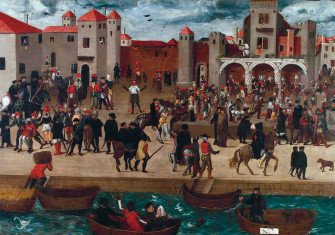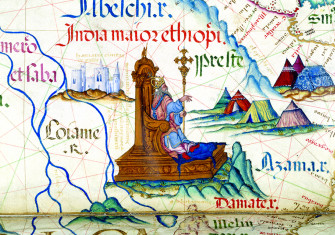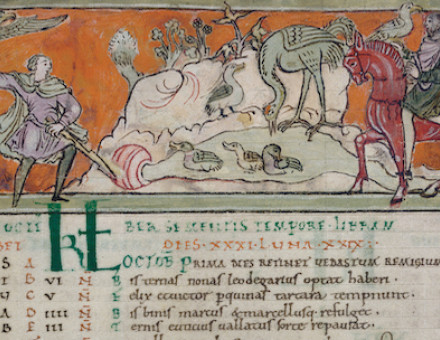Sabbatai Sevi: The Lost Messiah
In the 17th century news spread that the Jewish messiah had finally arrived. Within a year he had converted to Islam. Who was he, and what had happened?

In late 1665 the Jewish community in Venice was amazed to learn that their long-awaited messiah had come and was living with his wife in Smyrna.
Any other time, they’d have greeted the news with disbelief. After all, there had been plenty of people who’d claimed to be the messiah before. In fact, they’d even seen one themselves. A little over 100 years earlier, they had expelled a dark-skinned dwarf called David Reubeni who had tried to con them with tales of his ‘kingship’. But this one – Sabbatai Sevi – was different.
Strange times
Sabbatai was not an obvious candidate. The son of a prosperous merchant from Smyrna (modern Izmir), he had shown little sign of piety or learning in his youth. At yeshiva he had been an average student at best. The only thing he was interested in was kabbalah, a form of Jewish mysticism; but even in this respect, there was nothing to suggest that he was special – let alone God’s anointed.







